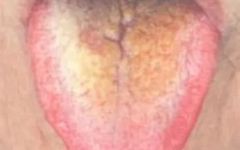Tongue diagnosis is a crucial aspect of Traditional Chinese Medicine (TCM) observation, serving as a simple and effective method for assisting in diagnosis and differentiation by observing the color and shape changes of the tongue.
During tongue diagnosis, observations are made in the following order: tip of the tongue – middle of the tongue – root of the tongue – sides of the tongue. The examination should last about 30 seconds, first looking at the tongue body and then the coating. If the initial observation is unclear, allow the patient to rest for 3-5 minutes before re-examining.
Below are some commonly encountered tongue coating patterns compiled by the editor, which we hope will be helpful to everyone.
1. Yellow and White Coating
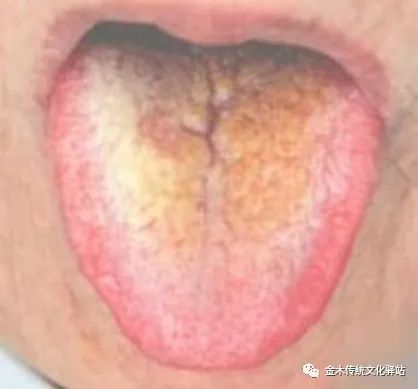
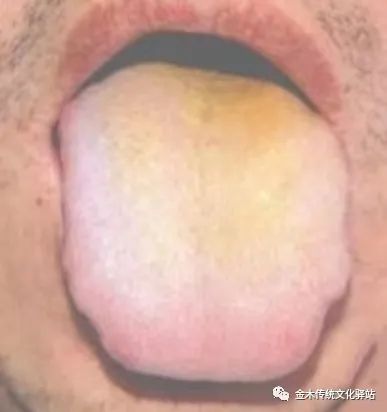
Characteristics: Yellow coating appears on a white coating.
Clinical Significance: Commonly seen in heat transformation or external wind-cold transforming into internal heat, indicating simultaneous exterior and interior disease or mixed cold-heat syndrome.
2. Deep Yellow Coating
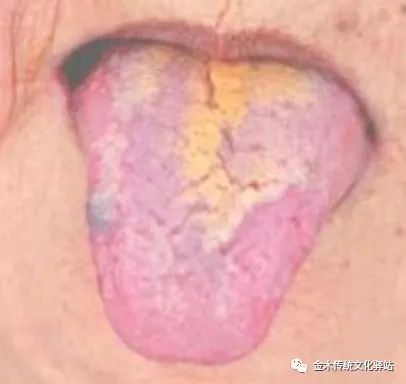
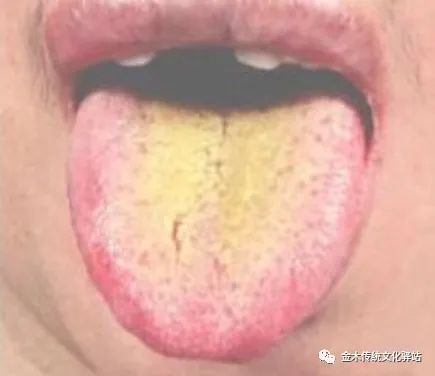
Characteristics: Deep yellow coating, slightly thick, also known as Zheng Huang Tai (Standard Yellow Coating).
Clinical Significance: Indicates internal heat due to pathogenic heat, a sign of excess heat syndrome.
3. Burnt Yellow Coating
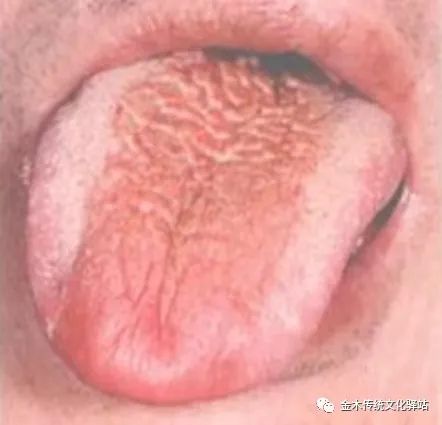
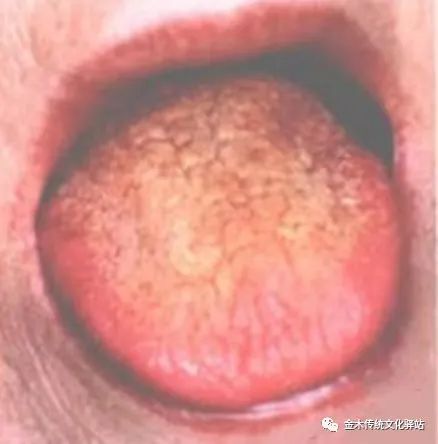
Characteristics: Yellow coating interspersed with gray-brown, dry tongue body, also known as Lao Huang Tai (Old Yellow Coating).
Clinical Significance: Indicates extreme pathogenic heat that has not dissipated over time.
4. Rough Yellow Coating
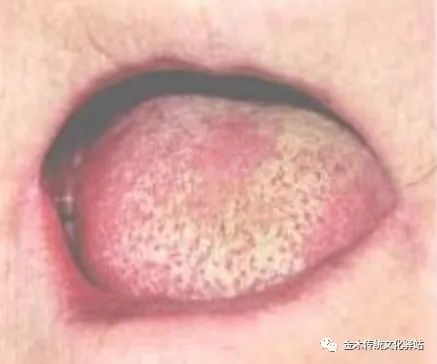
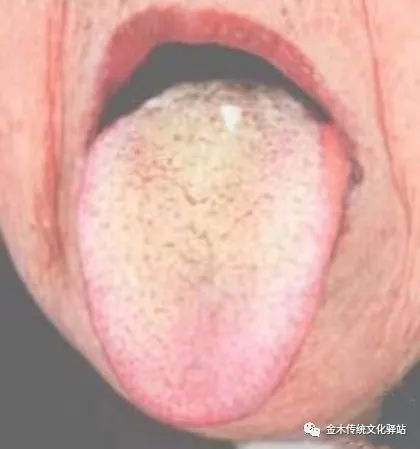
Characteristics: Yellow coating, dry and rough, resembling sand or stone, or presenting as yellow flakes, rough to the touch.
Clinical Significance: Indicates pathogenic heat injuring fluids, leading to dryness and excess in the bowels.
5. Slippery Yellow Coating
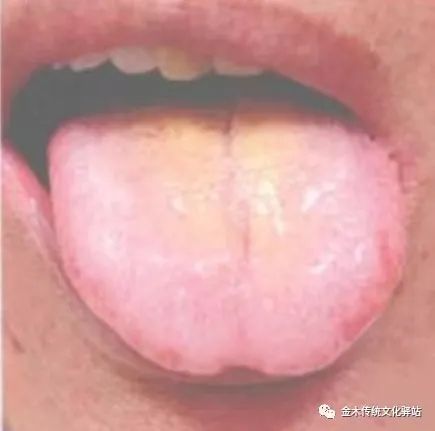
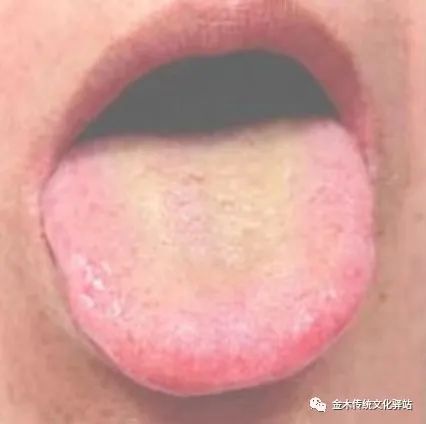
Characteristics: Light yellow coating, smooth texture, abundant moisture.
Clinical Significance: Commonly seen in individuals with Yang deficiency and cold-dampness, phlegm-dampness transforming into heat, or those with Qi and blood deficiency experiencing damp-heat invasion.
6. Greasy Yellow Coating
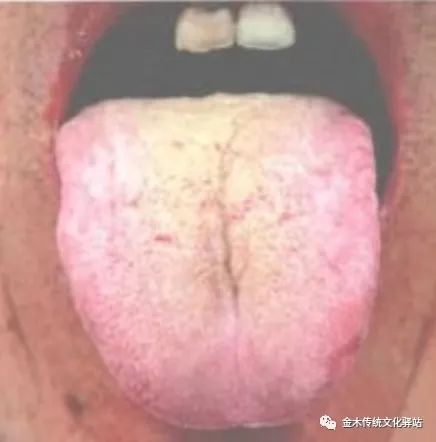
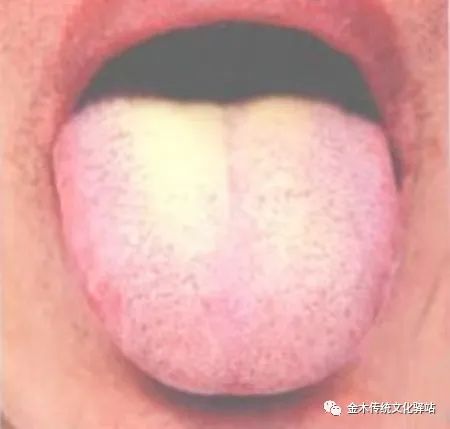
Characteristics: Yellow coating with a greasy texture.
Clinical Significance: Indicates damp-heat, phlegm-dampness transforming into heat, or food stagnation heat corruption.
7. Yellow Greasy Coating
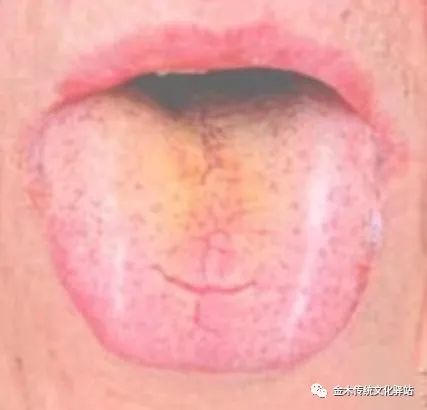
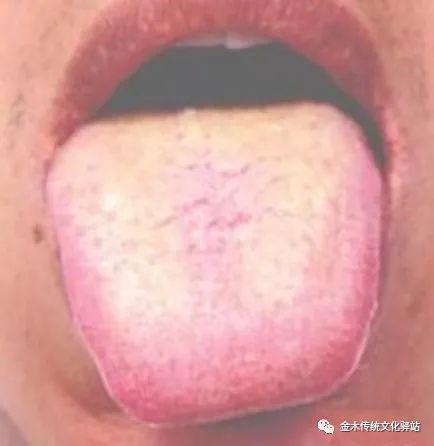
Characteristics: Yellow and greasy coating, with abundant mucus on the tongue surface.
Clinical Significance: Indicates phlegm and dampness congealing with pathogenic heat.
8. Gray-Black Greasy Coating
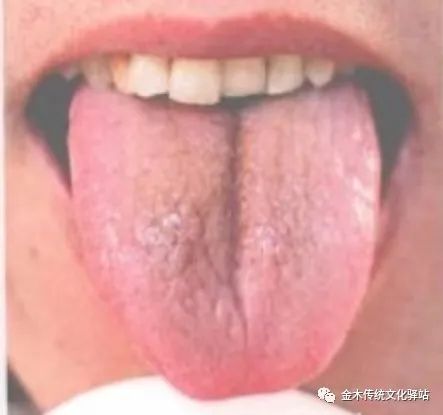
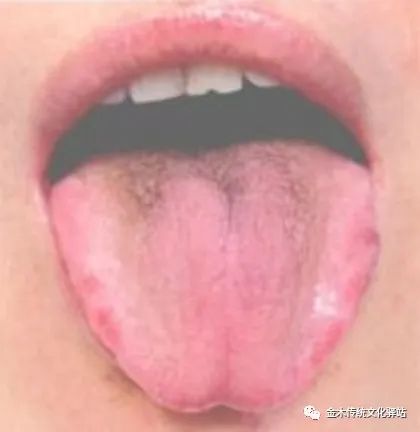
Characteristics: Gray-black patches appear on a white greasy coating, with a pale and tender tongue, moist.
Clinical Significance: Indicates Yang deficiency with cold-dampness and phlegm-dampness stagnation.
9. Yellow Greasy-Black Coating
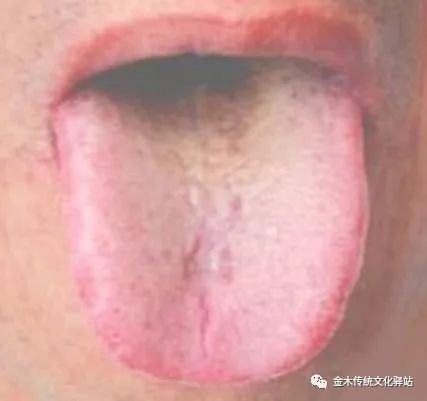
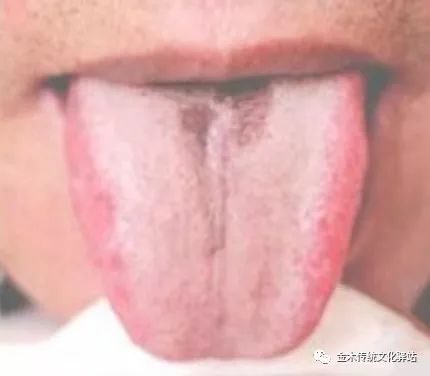
Characteristics: Yellow greasy coating with some gray-black patches.
Clinical Significance: Indicates damp-heat accumulation that has not resolved over time.
10. Thin Yellow Coating
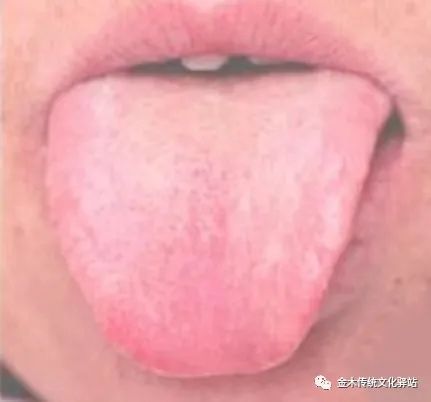
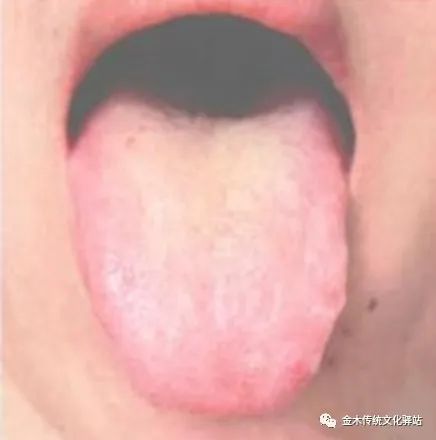
Characteristics: Thin coating, presenting a uniform light yellow or slightly yellow appearance.
Clinical Significance: Indicates mild pathogenic heat, commonly seen in wind-heat exterior syndrome or wind-cold transforming into internal heat.
11. White Dry Cracked Coating
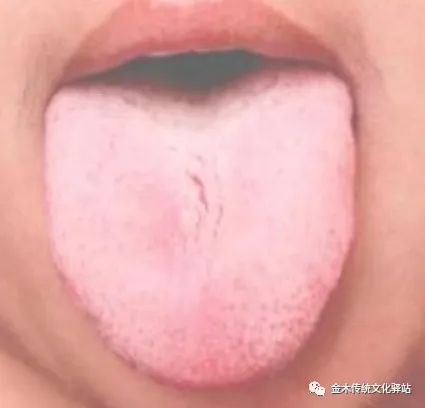
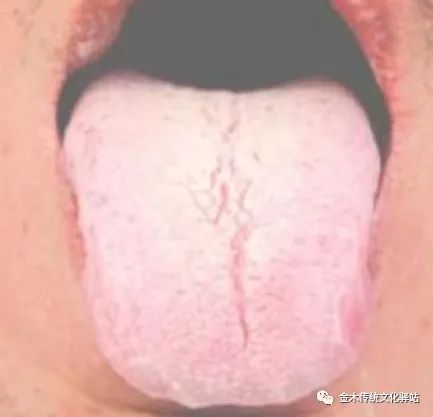
Characteristics: White coating, dry and cracked, rough to the touch.
Clinical Significance: Indicates Yang deficiency with inability to transform fluids, or dryness-heat injuring fluids.
12. White Coating
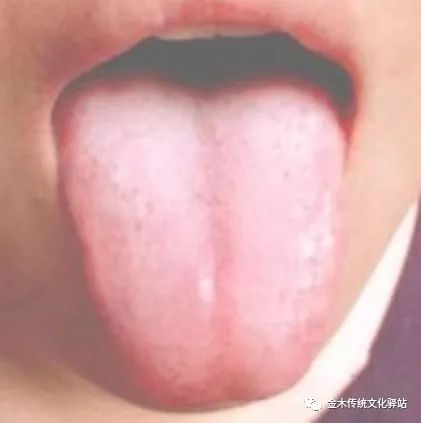
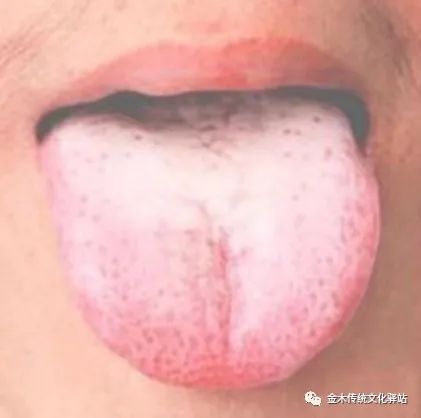
Characteristics: White coating.
Clinical Significance: Can be seen in normal individuals, also indicates exterior syndrome or cold syndrome.
13. Thin White Coating
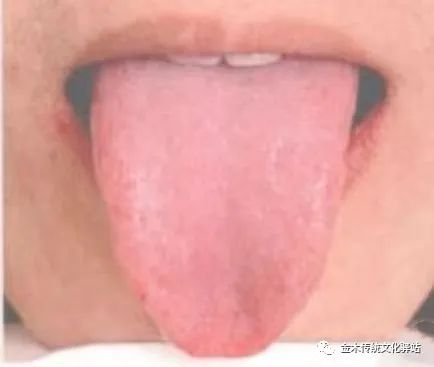
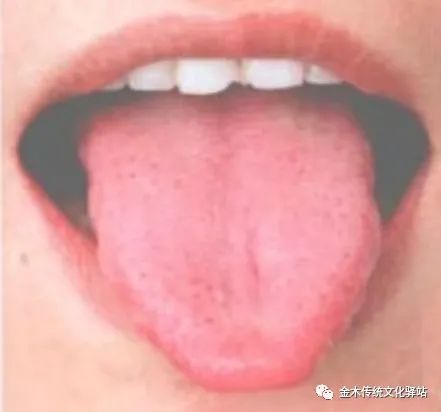
Characteristics: Thin white coating, with the tongue body visible through the coating.
Clinical Significance: Commonly seen in normal individuals; or in the early stage of exterior syndrome, indicating mild condition.
14. Thin White Moist Coating
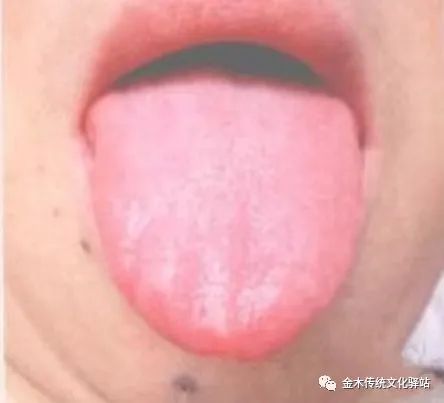
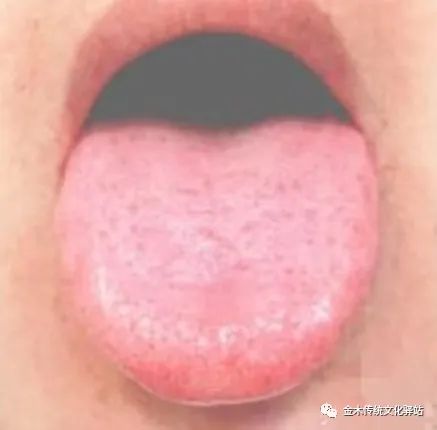
Characteristics: White coating, with the tongue body visible through the coating, moist tongue surface.
Clinical Significance: Commonly seen in normal individuals; or in the early stage of disease, indicating mild condition.
15. Thin White Dry Coating
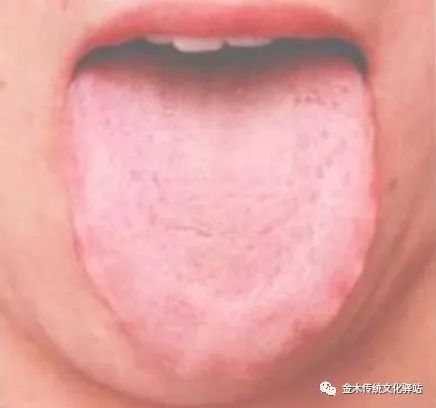
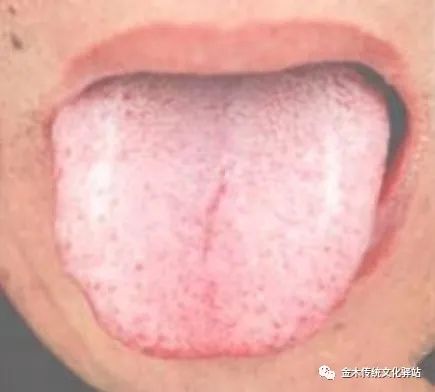
Characteristics: Thin white coating, with little moisture or cracks in the coating.
Clinical Significance: Indicates exterior pathogenic factors transforming into heat, or wind-heat consuming fluids.
16. Thin White Slippery Coating
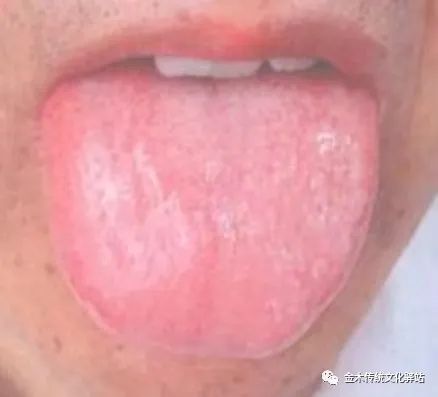
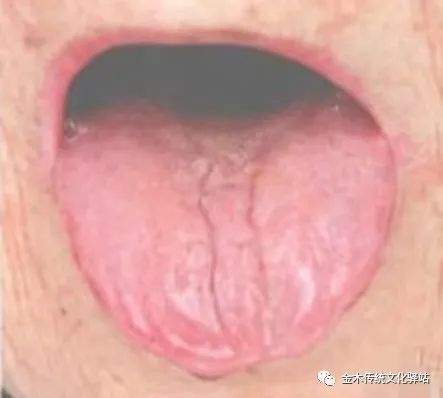
Characteristics: Thin white coating, with abundant moisture on the tongue surface.
Clinical Significance: Indicates external cold invasion or spleen Yang deficiency with internal dampness.
17. Thick White Coating
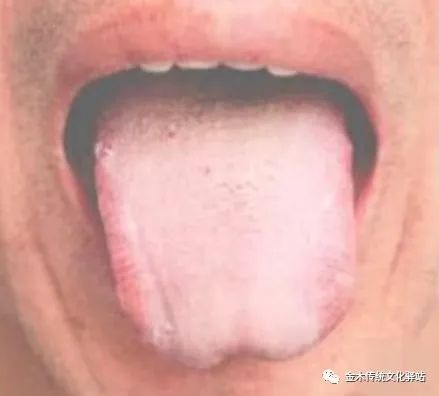
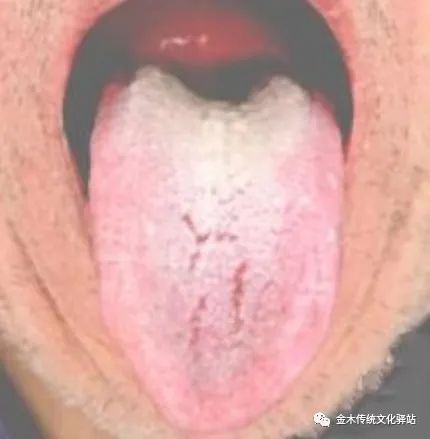
Characteristics: Coating appears milky white or pinkish white, thick texture, covering the tongue body completely.
Clinical Significance: Indicates internal cold syndrome or cold-dampness syndrome.
18. White Greasy Thick Coating
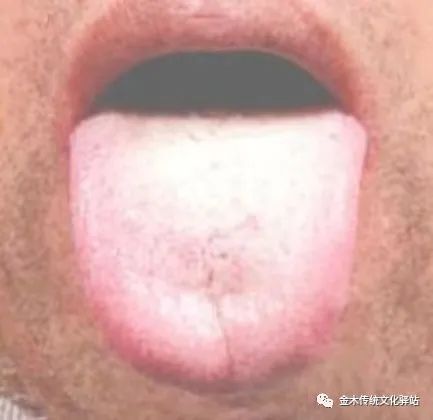
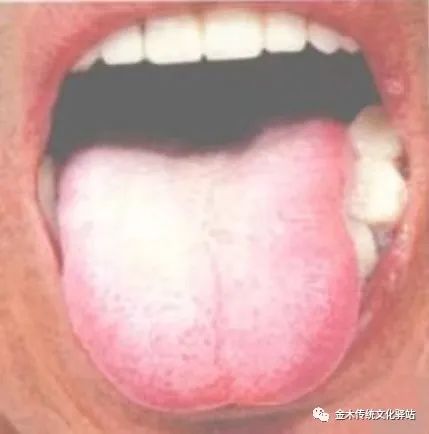
Characteristics: White coating, thick texture, closely adhering to the tongue surface, moist tongue surface.
Clinical Significance: Indicates internal dampness obstructing, phlegm-dampness stagnation, or food accumulation.
19. White Thick Greasy Dry Coating
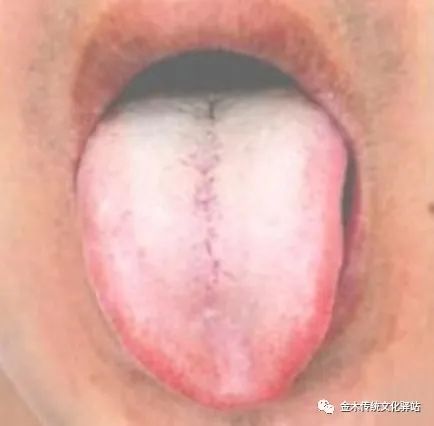
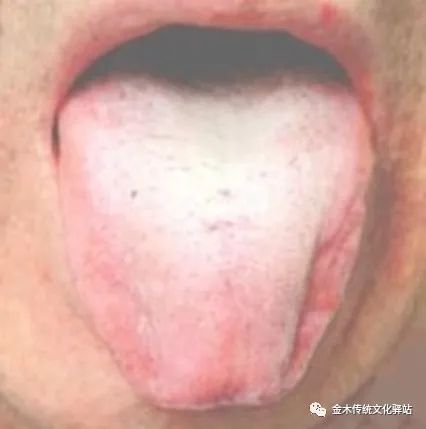
Characteristics: White coating, thick and greasy, with a dry tongue surface.
Clinical Significance: Indicates internal dampness obstruction, with fluids and Qi unable to transform.
20. Accumulated Powder Coating
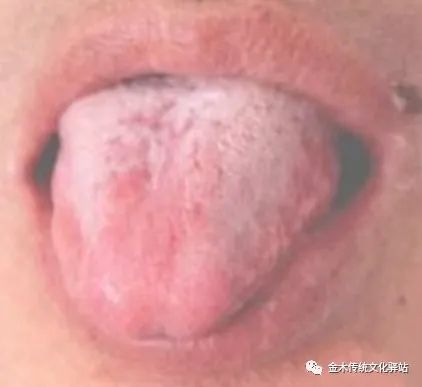
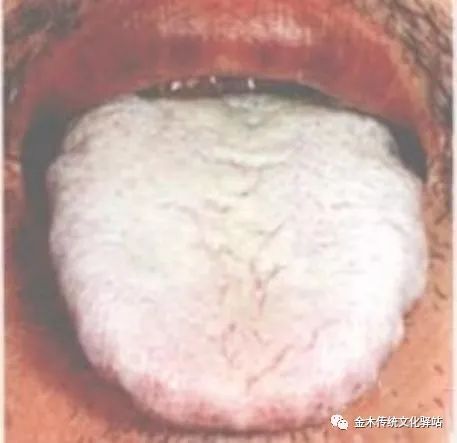
Characteristics: White coating, thick and dry, resembling accumulated powder, not rough to the touch.
Clinical Significance: Can be seen in external damp-heat diseases, indicating the combination of turbid dampness and heat toxins.
21. Burnt Black Dry Coating
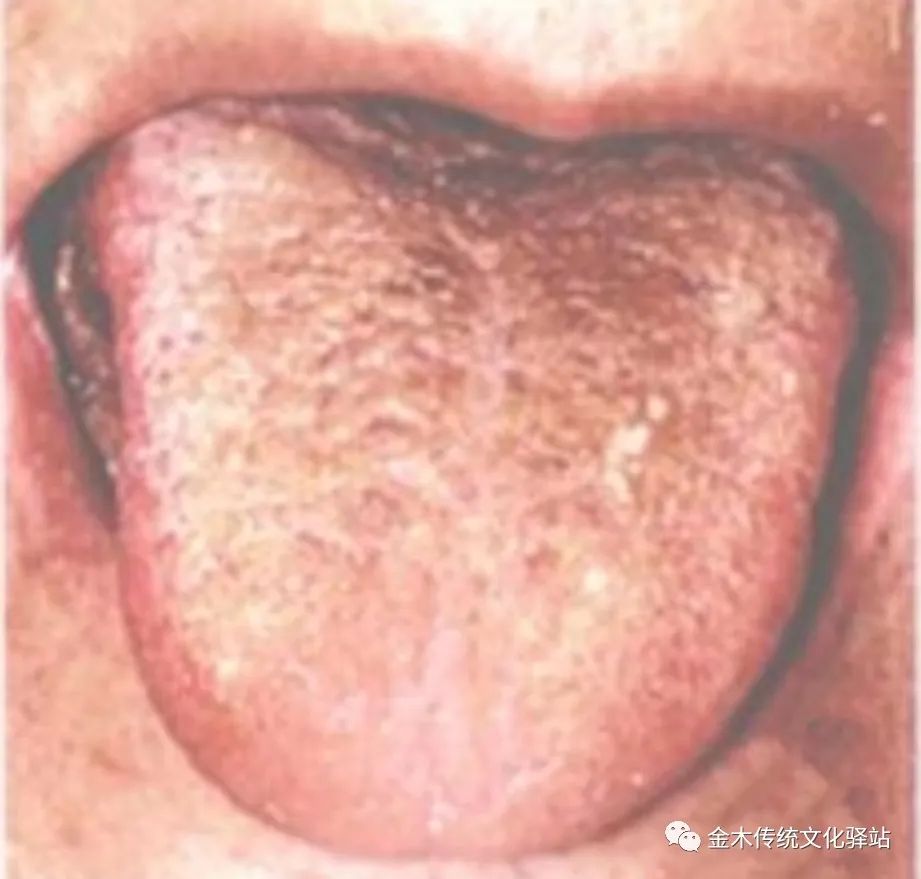
Characteristics: Black burnt coating, dry and cracked, with no moisture on the tongue surface.
Clinical Significance: Indicates extreme heat leading to fluid depletion.

Disseminating TCM health knowledge, promoting Chinese traditional culture, sharing health concepts, and conveying care, passing health knowledge and traditional culture to more friends…
People are great because of their dreams; we are different because of our love.
Liu Qing Ning: 186 9643 6785 or (WeChat ID)
Yang Shun Song: 138 7171 7447 or (WeChat ID)


